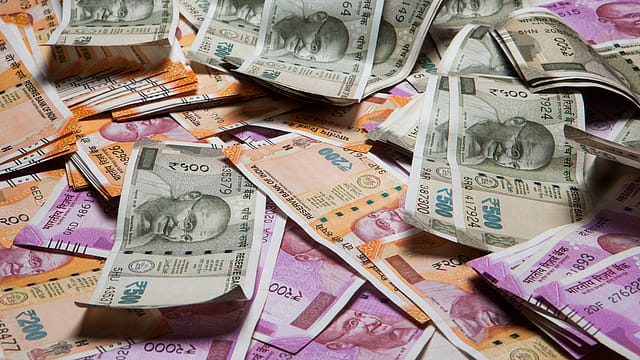Understanding the spending-lending divide
ADVERTISEMENT

Economists and policymakers are intrigued by an unusual trend that has played out over the past 18 months. Private spending has slowed down substantially. However, consumer borrowing continues to remain robust.
As of H1FY20, private consumption is at 4.1%—it was 8.5% in the year-ago period. In FY15, it was at 6.4%, accelerating to 7.2% in FY16 and to 8.2% in FY17. The slide began in FY18 when it fell to 7.4%.
Strangely though, outstanding bank retail lending has not witnessed the effect of any such slowdown. If banks’ retail lending was 15.5 % in FY15, 19.4% in FY16, and then dipping to 16.4% in FY17, the first half of FY20 shows a growth of 16.6%—twice that of overall bank credit growth. No slowdown in retail bank credit.
So if consumers are cutting down on their spending, then why are they borrowing? According to a recent report by credit rating agency CRISIL on the incremental or additional retail loans disbursed by banks, a chunk of it was to buy ‘pools’ of loan receivables of non-banks: simply put, it means banks buying up retail loans disbursed as home-loan and vehicle-loan receivables by non-banks to individuals or groups. These loans are then sold to investors. Called retail securitisation transactions, these retail loan receivables, get classified as retail bank credit in the balance sheet of the banks.
January 2026
Netflix, which has been in India for a decade, has successfully struck a balance between high-class premium content and pricing that attracts a range of customers. Find out how the U.S. streaming giant evolved in India, plus an exclusive interview with CEO Ted Sarandos. Also read about the Best Investments for 2026, and how rising growth and easing inflation will come in handy for finance minister Nirmala Sitharaman as she prepares Budget 2026.
“With conventional sources of funding (bank loans, bonds and commercial paper) becoming difficult to access, many non-banks have been rushing to securitise their receivables, especially after a credit event in September 2018, the Infrastructure Leasing & Financial Services fiasco,” says the report.
Consequently, the retail securitisation volume doubled in the last fiscal, and has soared 39% in the first half of this financial year. “Overall, lending for securitisation darted up to 31% of incremental bank credit last fiscal, compared with 17% in 2017 and 11% in 2015. In the first half of this fiscal, that number climbed to 37%,” says the report. Moreover, about half of the securitisation transactions were for home-loan receivables, while a quarter was vehicle-loan receivables and 11% microfinance-loan receivables.
However, if one were to deduct securitisation flows from banks’ retail credit growth, then things fall into place. The overall credit growth slips from 16.6% to around 12% in the first half of the FY20. This growth, argues the report is also the slowest in the last five years and is in line with the slowdown in consumer durables, housing, and several other consumer-oriented sectors.
